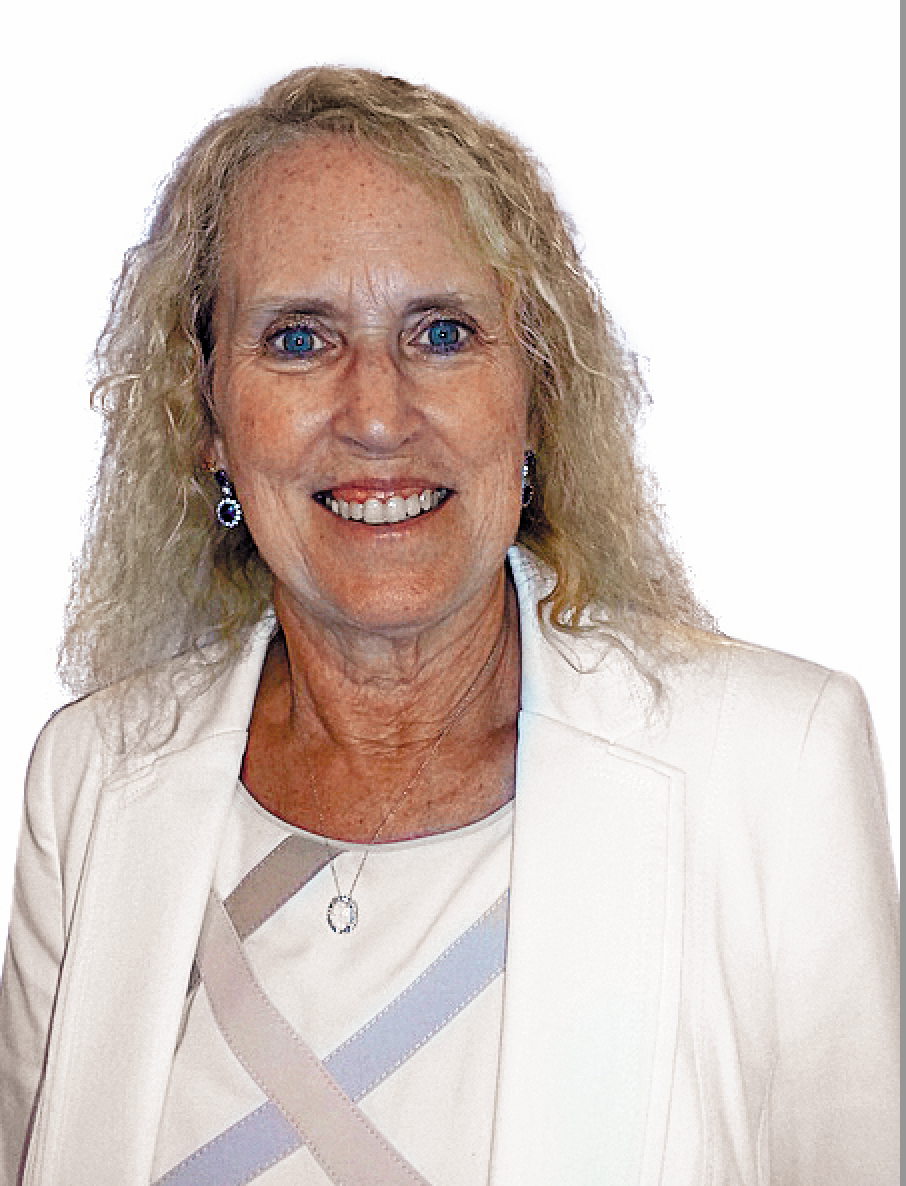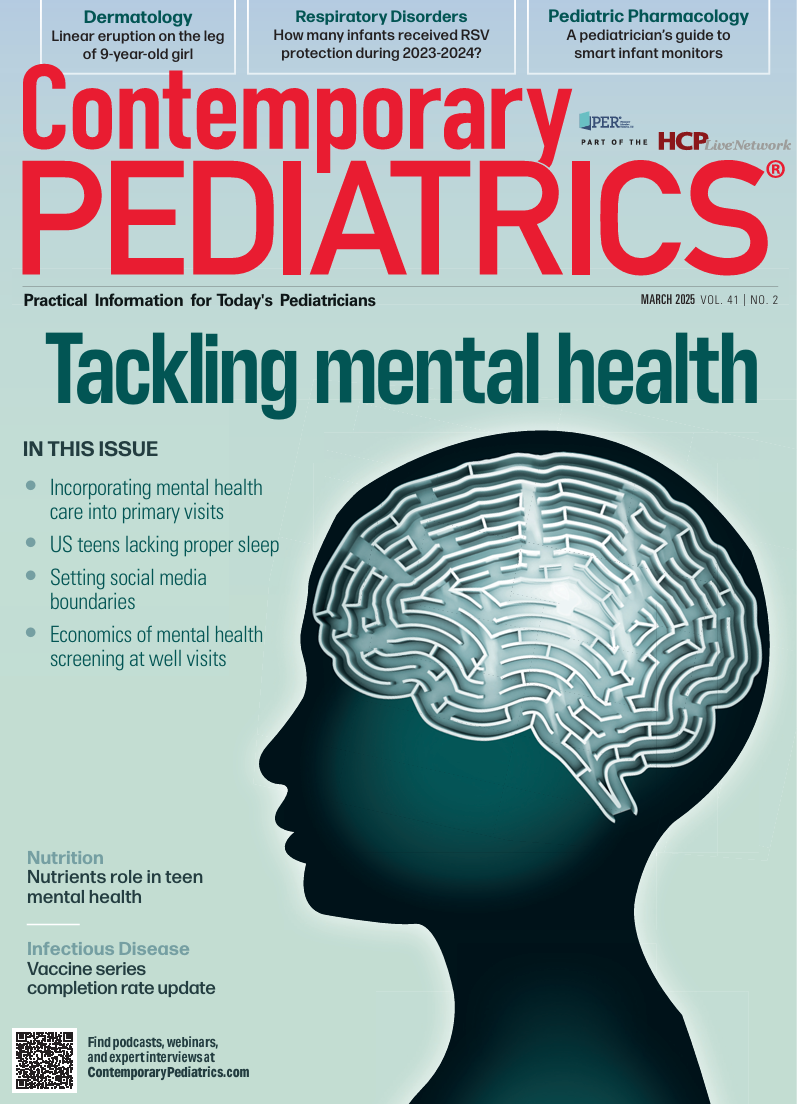Home monitors for healthy infants: What do parents need to know?
Our editorial advisory board member Donna Hallas, , PPCNP-BC, CPNP, PMHS, FAANP, FAAN, highlights an article published in the March issue of Contemporary Pediatrics.
Donna Hallas PhD, PPCNP-BC, CPNP, PMHS, FAANP, FAAN

The article, “Smart infant monitors: A pediatrician’s guide,”1 provides information for all pediatric nurse practitioners (PNPs) and pediatric focused family nurse practitioners (FNPs) about commercially available SpO2 and heart rate infant cardiorespiratory monitors for home use with healthy infants from birth to 18 months. The authors discuss monitors that received FDA approval and those that have received FDA clearance. There is difference between FDA approval and FDA clearance. FDA approval is granted when there are rigorous scientific studies that show evidence-based support meeting the FDA requirements for approval.2 FDA clearance is granted when data about the device is presented to the FDA showing a comparison to similar devices that have received approval but no scientific studies that demonstrate effectiveness in the new device have been conducted.2 The authors provide a table with information for selecting home cardiorespiratory monitoring devices for healthy infants.1
Monitors used at home for healthy infants
Authors of a prospective study that investigated the use of the Owlet Smart Sock collected data over a 2 year period from the device for 100,949 infants to assess the number of infants who experienced tachyarrhythmia, diagnosed as heart rates greater than or equal to 240 beats per minute (bpm) for greater than 60 seconds.3 The Owlet Smart Sock is placed on the infants foot and connects to a base station via Bluetooth and is intended for monitoring of healthy infants between 6 and 25 pounds to wear while sleeping at home.3 The device is not marketed as a prescription device. Study results revealed that 2.5% or 1 in 40 infants in the first year of life had tachyarrhythmia episodes.3 Study results also revealed that tachyarrhythmias were more common in infants with congenital heart disease (CHD) and females.3 The Owlet Smart Sock is only FDA approved for healthy infants, thus infants with CHD should not be placed on this monitor. Infants with CHD may need a cardiorespiratory monitor approved for home monitoring for these infants.
Role of PNP and pediatric focused FNPs with home monitoring devices
Many parents may be using at-home infant monitors with or without consulting with their PNP or FNP for recommendations. PNPs and FNPs need to ask parents if they are using at-home cardiorespiratory devices for their infants and if affirmative, ask which device is being used. PNPs and FNPs should also ask what influenced their decision to use an at-home cardiorespiratory monitor rather than a general monitor to hear the infant crying.
The authors discussed that use of more advanced at-home cardiorespiratory monitors may reduce parental anxiety. It is important to ask parents the reason for selecting the monitor and to provide anticipatory guidance for care of the infant. Another consideration for parental decisions may be that parents today were born and raised in a high technology world and are comfortable with high-tech devices. Parents may not be aware of the reasons for selecting a home monitor for their healthy infant and may seek guidance on an appropriate monitor for their infant. It is important to provide information to parents that is evidence-based and to inform parents of the pros and cons for selecting a monitor that has received FDA approval versus FDA clearance for their infant.
A major concern identified by the authors is that 18% of parents who were using the devices were not practicing infant safe sleep behaviors.1 It is crucial for PNPs and FNPs to discuss infant safe sleeping behaviors through questioning the parents and providing appropriate anticipatory guidance at each well infant visit. Allowing unsafe sleeping positions even with a monitor may place healthy infants at risk for sudden infant death syndrome.
Click here for more from the March Mental Health issue of Contemporary Pediatrics.
References:
1. Kapoor S. and Collaco J. Smart infant monitors: a pediatricians guide. Contemporary Pediatrics, 2025, March 6, 2025. Accessed March 20, 2025. https://www.contemporarypediatrics.com/view/smart-infant-monitors-a-pediatrician-s-guide
2. CNET Your guide to a better future. FDA approved vs. FDA cleared: Why you need to know the difference. August 5, 2020. Accessed March 20, 2025.https://www.cnet.com/health/fda-approved-vs-fda-cleared-whats-the-difference/
3. Anjewierden S, Humpherys J, LaPage MJ, Asaki SY, Aziz PF. Detection of Tachyarrhythmias in a Large Cohort of Infants Using Direct-to-Consumer Heart Rate Monitoring. J Pediatr. 2021;232:147-153.e1. doi:10.1016/j.jpeds.2020.12.080

Newsletter
Access practical, evidence-based guidance to support better care for our youngest patients. Join our email list for the latest clinical updates.